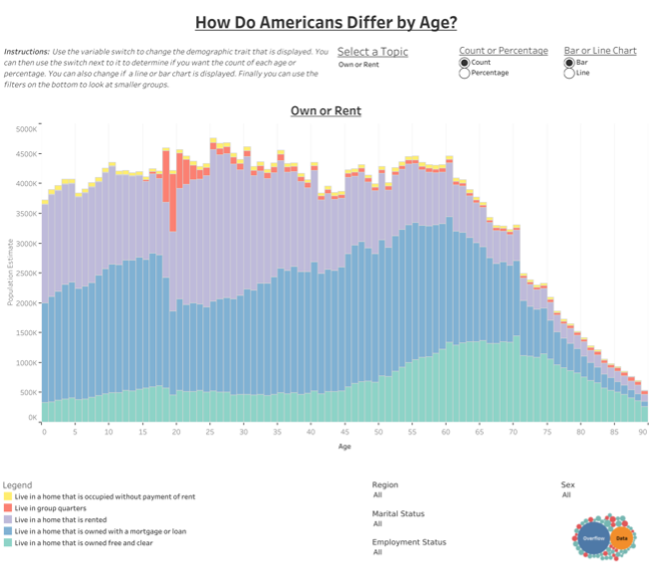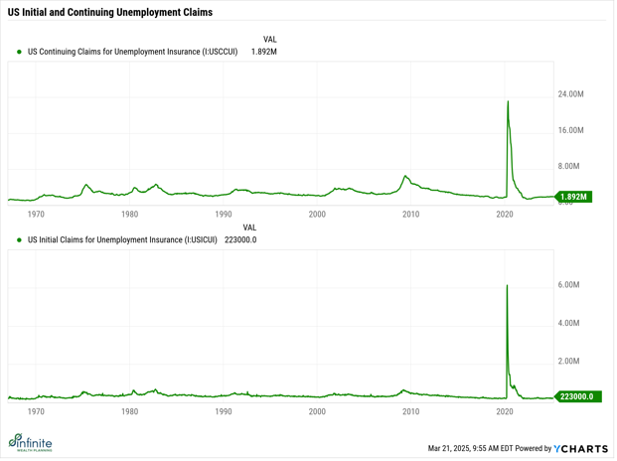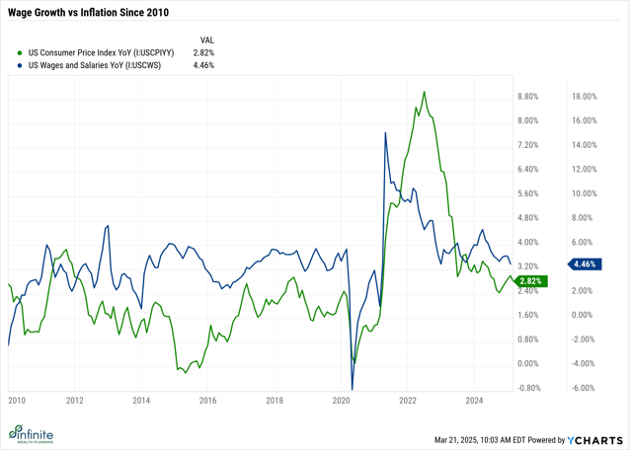March Market Madness: What to think
Market Trends and Your Investment Strategy
I am sure it comes as no surprise to you all, market sentiment saw a material shift in February. After the election, markets started to look towards the possibility for stronger growth and less regulation. We observed this in markets as the interest rates on long-term US bonds and the value of the US dollar, relative to global currencies, moved significantly higher.
As we saw more clarity on tariff policy, government spending concerns, and layoff headlines, a dramatic shift from those high growth expectations to nervousness about economic slowdown occurred. Interest rates on the 10-year US treasury bond peaked at roughly 4.8%, now down to roughly 4.2%, as of this writing. According to the Atlanta Fed “GDPNow” tracker, GDP growth estimates slowed significantly beginning on February 28, bottoming out in the beginning of March.
This backdrop leaves investors trying to assess a range of future outcomes in real time, creating uncertainty and driving stock prices lower as investors hedge for future risks. The question is, how close are we to “peak uncertainty”?
While volatility is upon us, we see reasons to be constructive on the US economy over the long-term, even if we see a slower period near-term. Of the drivers of the economy, consumer spending is a huge one, accounting for almost 70% of the total US GDP. For now, the US consumer continues to remain strong. Additionally, we can gauge the need for future consumption through “household formation” (buying houses and having kids, two of the worst things you can do for your wallet but the best things you can do for the economy).
Now, consider a few upbeat statistics in our economy, including increasing demand of Millennials for goods and services, historically low unemployment, higher wages, and strong home equity:
Demographically speaking, the US is positioned well to see increasing demand as millennials and Gen Z begin the household formation process. Millennials (ages 29-44) total over 73M people, surpassing the baby boomers. Currently, the median homebuyer is now 38 years old, and the first parent is roughly 25 years old. In theory, this means that a significant portion of the population likely has young children and is looking to buy a house in the next few years. This type of demand is very durable since people will generally take care of their kids and spend money to maintain their homes regardless of the economy.
While the US labor force is 170 million people, current employment is only 162 million people. This represents roughly a 4.1% unemployment rate, which is historically low, looking back to 1950.
Looking at the drivers of that unemployment rate, there are more job openings than available employees, with only 9 workers available for every 10 job openings. Also, both new and ongoing claims of unemployment continue to run at multi-decade lows, suggesting that the existing labor market continues to absorb any slack from layoffs.
Beyond the employment picture, consumers also show strong financial health. Over the 12-month period ending in January 2025, wages grew by almost 4.5% while inflation ran closer to 2.8%. Wages have been outpacing inflation for over two years now, providing more income to offset new spending rates.
Lastly, people’s balance sheets are strong fueled by high home equity and stock market prices. The average homeowner has over 400k worth of equity in their home today. While consumers may be frustrated with higher prices, money in their pocket allows them to continue to spend if necessary. As we’ve discussed, these non-discretionary expenses related to having children and buying houses will likely continue to drive spending until we see balance sheets in line with more historical levels.
While these moments can be scary, it’s important not to abandon the tried-and-true principles of wealth management, making sure to maintain a proper level of risk and stay invested over time. While the days are long, the years are short, and as what is future becomes present and then past, the market will likely find a way to move higher as it always has historically.

Thanks For Reading! We Hope To See You Again!
For More Updates:
Advisory services offered through National Wealth Management Group, LLC, a Registered Investment Adviser. This information is intended for educational purposes and is not intended as a recommendation to buy or sell securities. Investing involves risk. Before investing, you should consult with a financial advisor to determine how a specific investment strategy fits your personal goals and objectives.







